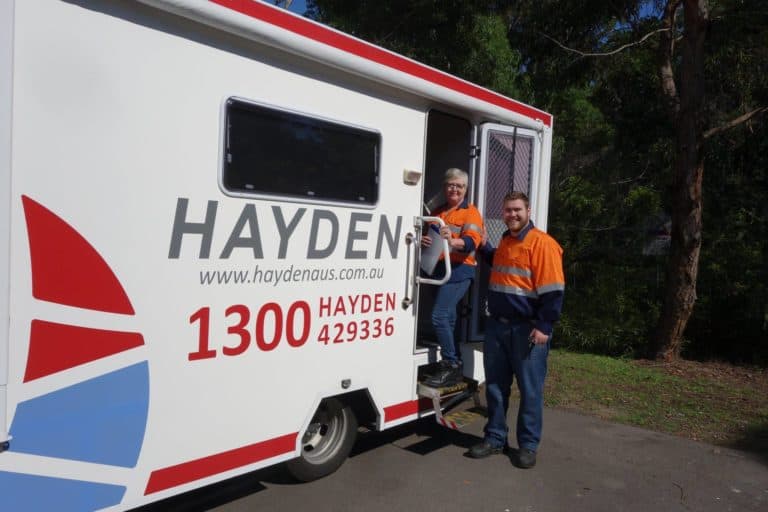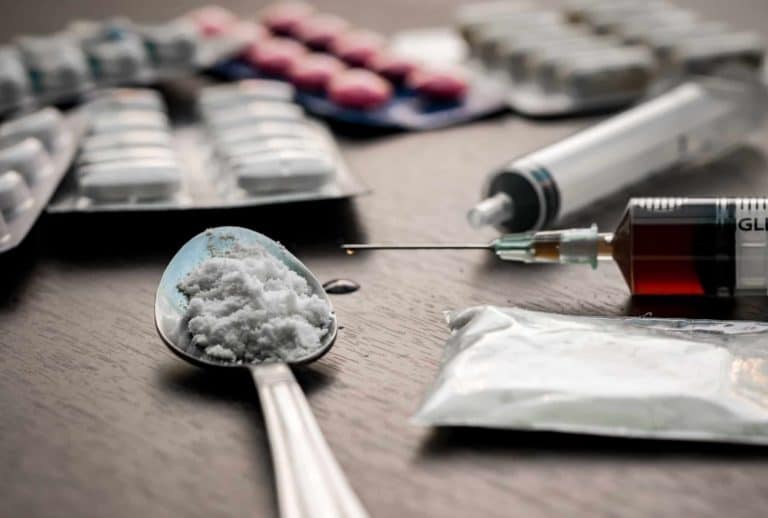
Because alcohol is such a significant element of socialising and entertainment in Australia, the overall attitude towards excess drinking tends to be one of tolerance. Coupled with a prevailing ignorance of what constitutes a standard drink, it takes very little to go over the prescribed limit.
This means people often leave restaurants, pubs, clubs and parties with their blood alcohol content reading greater than permitted. Random breath testing is viewed as a nuisance that somehow spoils all the fun. It’s part of our Ned Kelly culture.
But the truth is far more serious and has widespread implications, including increased risk and decreased productivity in the workplace.
The risks just keep on coming. Alcohol reduces driving skills dramatically. Just a ‘couple’ of drinks will affect decision making, reaction times, estimates of speed and distance, concentration and perception.
Yet while impaired in this way, to varying degrees, drivers often gain a false senses of confidence, delusions of invincibility, an increased propensity to take risks.
The results: fatalities, the living death of crippling injuries, hospital fees, rehabilitation costs and more. The costs to society are huge. In Western Australia alone costs are estimated at over $235 million a year.
Transfer these impaired skills to the workplace and it all becomes just as alarming. Even those not silly enough to purposely drink drive, can have moderate to high BAC readings if they had a ‘big night’ the previous evening/early morning.
Alcohol takes a long time to dissipate from the blood, being broken down by the liver at the rate of about one standard drink an hour. This can’t be speeded up by coffee (however strong), cold showers, hamburgers, fatty breakfasts, hangover ‘cures’ or anything else.
So the affected staffer brings their impaired skills to the workplace, resulting in such alcohol related problems as:
Clearly the higher the incidence of testing, the more visible it is to workers, the greater the deterrent, which is what alcohol and drug testing is all about.
Conducted with the most up-to-date detection tools and technologies, regular and precise testing is the backbone of a successful program — and will more than pay for itself.
It will also serve to educate drinkers as to ‘standard drink’ quantities, hopefully transferring the knowledge to their private lives and minimising and eliminating any tendency they may have to drink and drive.
More information and assistance call us on 1300 HAYDEN

The NSW economy is bustling and the construction industry is a major contributor to the

Hayden Workplace Testing is very proud to offer you a large range of services to

This article was posted by the Alcohol and Drug Foundation 24/08/16. Heroin deaths spike as

1/3 Hunter drivers test positive for drugs Police are concerned about the staggering amount of